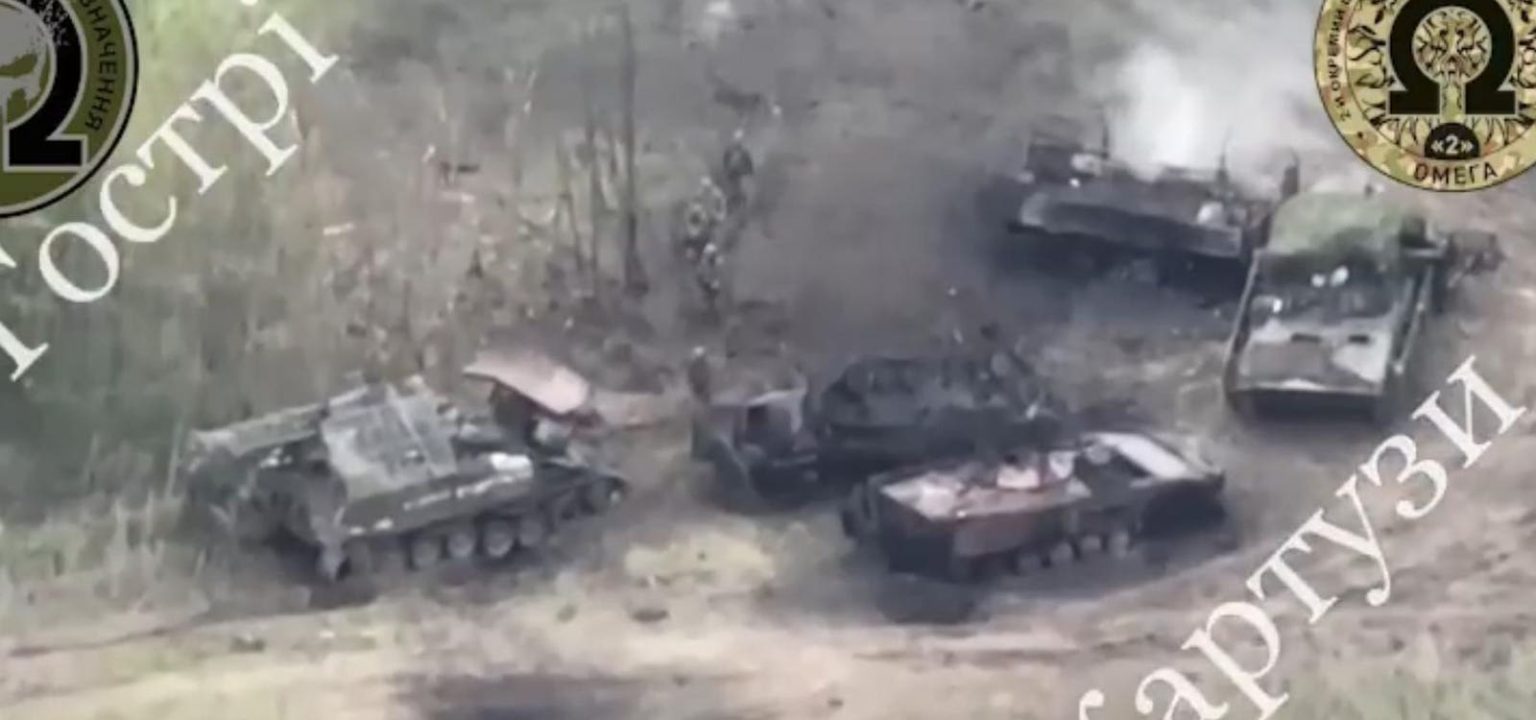Russian troops launched a major attack on Ukraine’s northern border on May 9, which is Victory Day in Russia, to celebrate the Soviet Union’s defeat of Nazi Germany in World War II. Russian troops in armored vehicles advanced towards Kharkiv, Ukraine’s second-largest city, but were quickly met with resistance from Ukrainian drones and artillery, which destroyed several vehicles.
Despite the destruction of some Russian vehicles, platoon-sized elements of the Russian 11th and 44th Army Corps managed to advance into several villages just south of the border. Ukrainian analysis group Frontelligence Insight urged calm, stating that the border is a gray zone without troops or fortifications directly on the border line, allowing for relatively easy crossing by Russian forces.
There are concerns that the Russian troops may be looking to reinforce their positions in the captured border settlements, but it remains unclear if a full-scale push is planned. Finnish analyst Joni Askola suggested that the attack on Kharkiv may be an elaborate feint to draw Ukrainian forces away from other strategic locations in the Donbas region of eastern Ukraine, where Russia has previously launched offensives.
It appears that the Ukrainian army is responding to the situation in Kharkiv, with several brigades moving towards the front line. This movement may be a result of Russian tactics to instill panic and uncertainty in Ukraine by creating the illusion of a looming threat across the border, thus diverting Ukrainian forces from focusing on Russian strategic goals in the Donbas region.
The actions in Kharkiv have raised concerns over the possibility of further Russian aggression and incursions into Ukraine. The Ukrainian forces are preparing to defend against any potential attacks, while also ensuring that they are not distracted from their main defensive lines. The situation remains fluid, with both sides closely monitoring the developments in the region.


